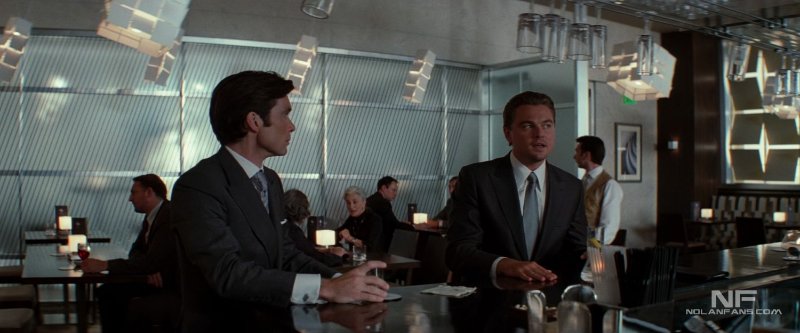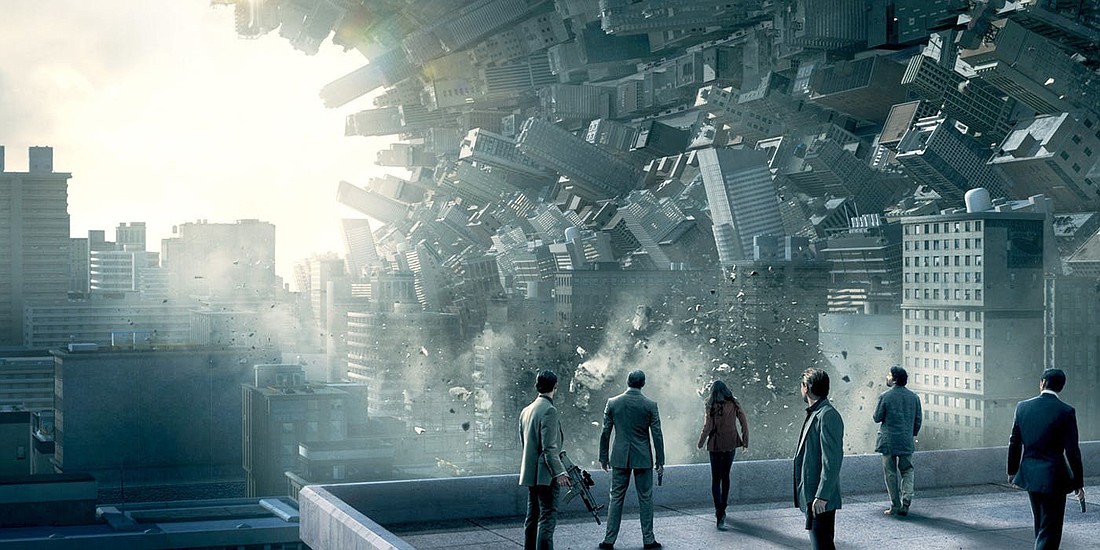I urge you to reflect upon your own use of websites and think about some of the user flows and interactive design elements you have come to accept as intuitive.
For example, the symbol of 3 horizontal lines stacked vertically (retroactively termed a “hamburger menu”) will open a list of the website’s contents; an upside-down triangle at the end of a button or field (now known as a “dropdown”) will expand a field of content downwards; or a text box with grayed-out text can be clicked into and filled with your own text without having to delete the gray text.
All of these relationships that are now commonplace in web design were once used for the first time. At their point of origin, these relationships, or action-effect correlations, were essentially fictions the user was asked to engage with.
![]()
The hamburger menu, for instance, was first used in the earliest Xerox printers. At the time there was no precedent for such a button, but the user was told that this button would open up a menu of the device’s settings. This is not actually so different from any other participatory fiction – “the floor is lava,” for example, “so don’t step on it or you’re dead.” The user, through his interaction, agrees to engage in a fictional world: in this case, one where 3 stacked horizontal lines are a menu.
Similarly, as digital User Interfaces (UIs) gained usage and popularity, there were many new buttons, icons, interactive elements, and flows users were introduced to for the first time. These too were games of make-believe that users were asked to engage with and accept on their own terms.
Over time, some of these design elements, these fictions, were adopted by other interface creators and became commonplace across many UIs. This resulted in the realization of design paradigms – elements and styles that users practically came to expect from future UI. For instance, today, if you were asked to look for the menu on a new website, you would actively seek out a hamburger menu button because you implicitly assume it will represent the menu in this fictional world too.
The problem
The idea of “imaginative resistance” refers to the difficulty people have in engaging with fictions that are deviant from their own conceptual framework. A person experiences imaginative resistance when a proposed fiction runs up against the imaginary paradigms that they have already come to accept.

The impossibility hypothesis offers a way of understanding the puzzle of imaginative resistance which can be summarized like this:
Imaginative resistance is explained by the following 2 considerations.
(1) The scenarios that evoke imaginative resistance are conceptually impossible;
(2) The conceptual impossibility of these scenarios renders them unimaginable.
Let us proceed as if this hypothesis holds true, which I believe it does. The average web user today has a conceptual framework of the many design elements and relationships he has come to expect from websites.
Suppose he is introduced to a new website that has a button with 3 horizontal lines stacked one over the other, and clicks that button only to have the sitemap open, or a video start playing in an overlay. It flies in the face of his existing conceptual framework, and the relationship that he has now witnessed was, up until that moment, a conceptual impossibility.

If we were all playing a game of The Floor Is Lava, a game of participatory imagination, and a new kid yelled out, “Look, I can walk on the lava with my force field!” the other players’ first reaction would likely be a rejection of this proposition – the rules of the game, while simple, are rather iron-clad. The floor is lava, and it cannot be touched; this forms the entire basis of the gameplay.
Repeatedly engaging with only this fiction builds a certain conceptual framework for how to escape the lava unscathed. When someone proposes a fiction that is deviant from our existing framework, we encounter a conceptual impossibility that leads to an instance of imaginative resistance. We can update our conceptual framework to include lava-resistant force fields, and so the conceptual impossibility (and resulting imaginative resistance) are temporary, but the fact that we experienced imaginative resistance is for certain.
In the case of the new website, if users hit the wall of imaginative resistance and it hinders them from completing their goal on the site, they can either reconstruct their conceptual framework of what a hamburger icon does, or they can dismiss this website as a conceptually impossible fiction – a fiction that they cannot imagine. Given users’ fleeting attention spans, they almost always do the latter. This is why eliminating triggers of imaginative resistance is so critical for ensuring you create a usable website.
The solution
Eliminating imaginative resistance can be done in two ways. Either:
(1) Design your user flows and interactive elements to work in ways consistent with your target user’s conceptual framework, or
(2) If you are proposing new fictional relationships with novel design elements, make those proposed relationships as obvious as possible, and ensure you have an excellent user onboarding process that helps the user to adapt their conceptual framework to include your new design elements.
Then, with iterative usability testing, you can make sure that your design does not induce imaginative resistance and also measure which onboarding elements best guide the user’s re-conceptualization process. This way, when users finally engage with your UI/your fiction they have the concepts necessary to not experience imaginative resistance.
Thinking of your UI in terms of its propensity to trigger imaginative resistance in your target user will help you engineer powerful User Interface fictions that your users will have no problem engaging with, thereby making the experience seamless…
You might be interested in:





